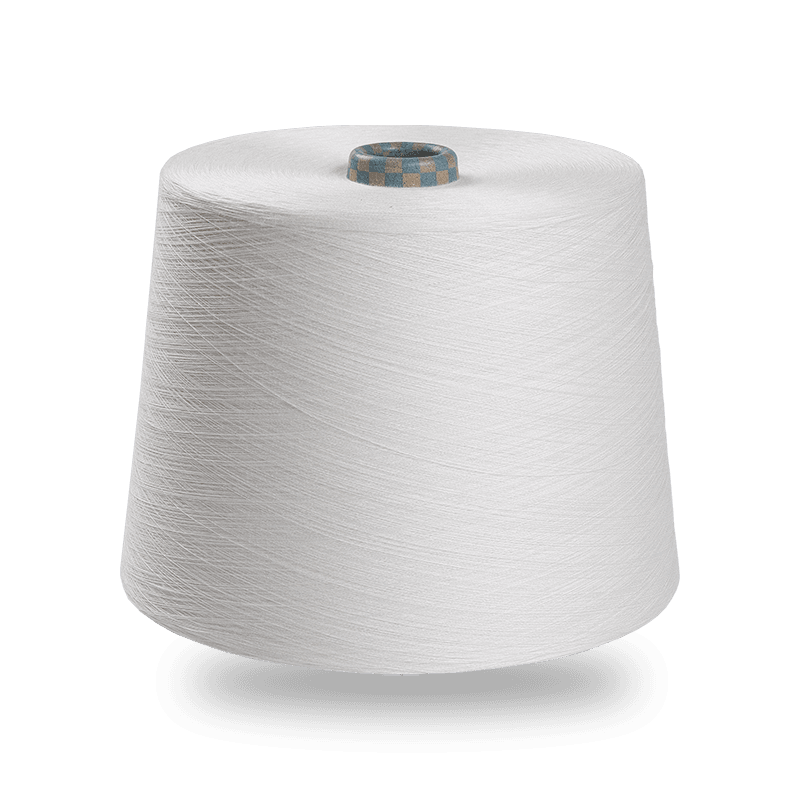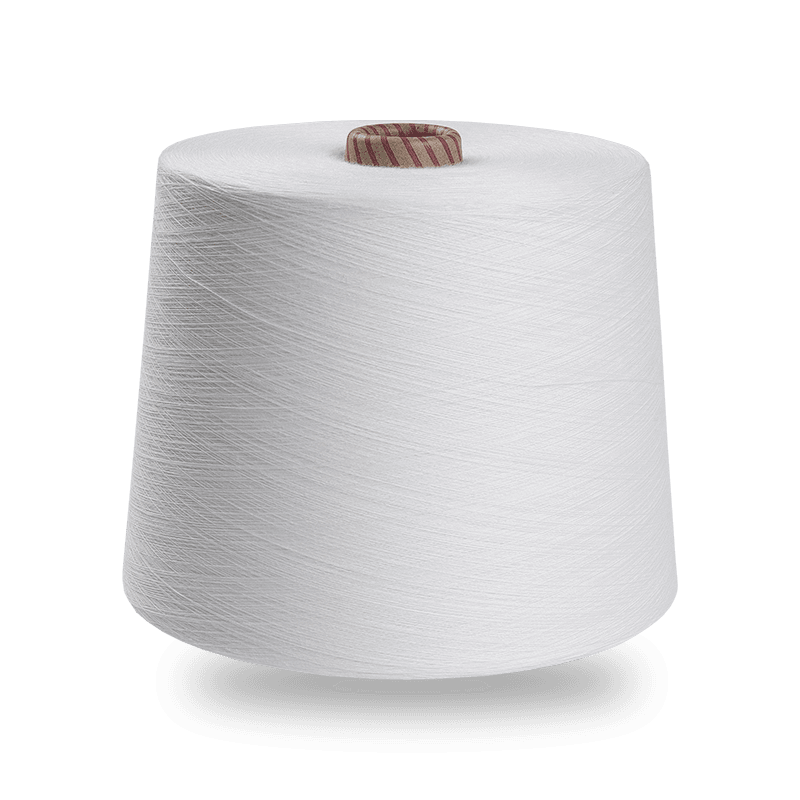
Web Menu
Product Search
Exit Menu
News
Home / News / Industry News / Are there any specific considerations for different climates or seasons in choosing yarn for garments?
News categories
Recommend Products
Industry News
Jan 18,2024
Are there any specific considerations for different climates or seasons in choosing yarn for garments?
Breathability: In hot or humid climates, breathable yarns such as viscose or linen are often preferred. These fibers allow air circulation and help in moisture absorption, keeping the body cool and comfortable.
Insulation: For colder climates or winter garments, yarns with good insulation properties, like wool or certain synthetic blends, are popular. These fibers trap and retain heat, providing warmth in chilly conditions.
Moisture-wicking: In both hot and cold climates, garments made from moisture-wicking yarns, such as certain synthetic fibers or blends, are beneficial. These yarns pull moisture away from the body, keeping the wearer dry and comfortable.


Weight of the Yarn: Lighter weight textile raw material yarn for garments, such as those made from lightweight wool or blends, are suitable for warmer climates. Heavier yarns, on the other hand, provide additional warmth and are more suitable for colder weather.
Durability: Consider the durability of the yarn in relation to the climate. For example, if the garment is intended for outdoor activities in rugged conditions, a durable and sturdy yarn might be preferred.
Color: Darker colors tend to absorb more heat, making them suitable for colder climates, while lighter colors reflect heat and are often chosen for warmer climates to keep the garment cooler.
Allergies: Some individuals may be more sensitive to certain fibers, so considerations for hypoallergenic yarns may be important, particularly in contact with the skin in various climates.
Seasonal Trends: Fashion trends can also influence the choice of yarn for garments. Lighter, breathable fabrics may be popular in spring and summer, while warmer, cozy yarns may be favored in fall and winter.
Can recycled nylon yarn be easily dyed or colored?
How does the dyeing process work with Nylon 6 FDY filament yarn?
Related Products
-
Phone
+86-(0)572-6295569
+86-193 5712 3632
-
Address
# 1, Fuqian Street, Si'an Town, Changxing County, Huzhou City, Zhejiang Province, China.
- Media


 English
English 中文简体
中文简体 Español
Español عربى
عربى











